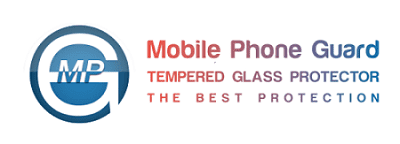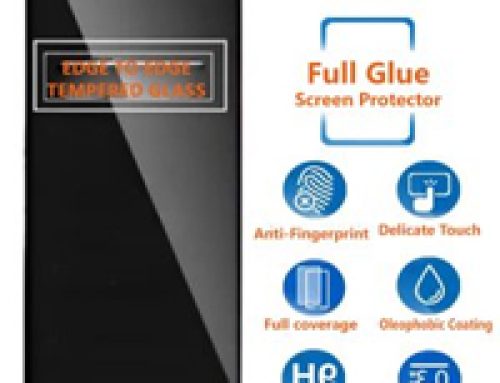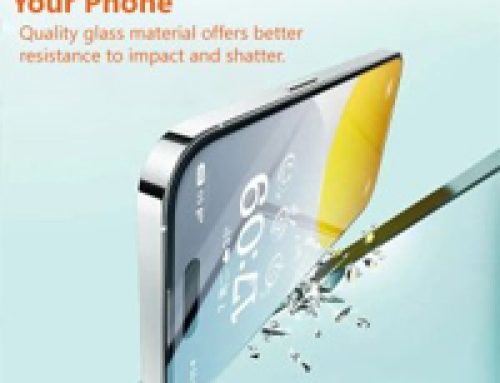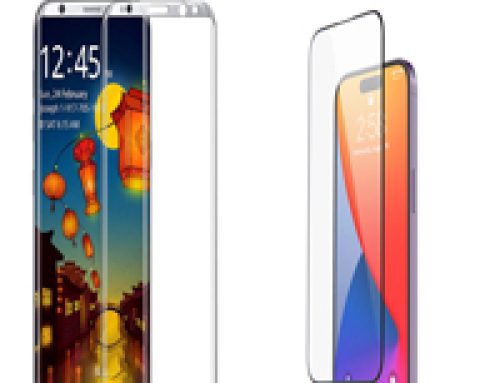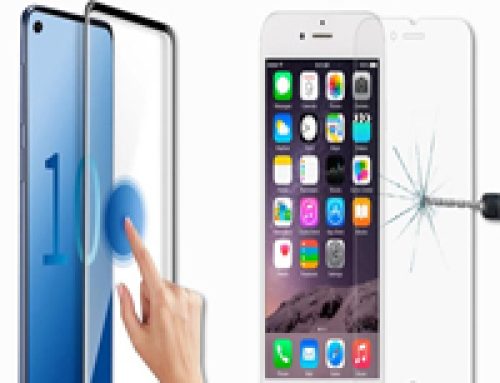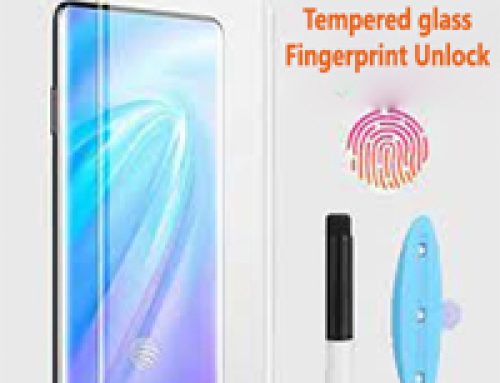Table of Contents
What are the benefits of an Anti-Reflection Tempered glass screen protector?
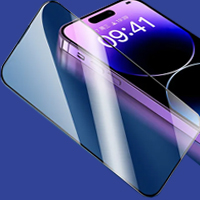
There are many types of tempered glass screen protectors available in the market, yet there are some problems that some of the protectors cannot address. Let’s start with an example- Suppose most of the time you use your mobile phone outdoors and you want to see the screen clearly by
avoiding any kind of reflection on what you will do?
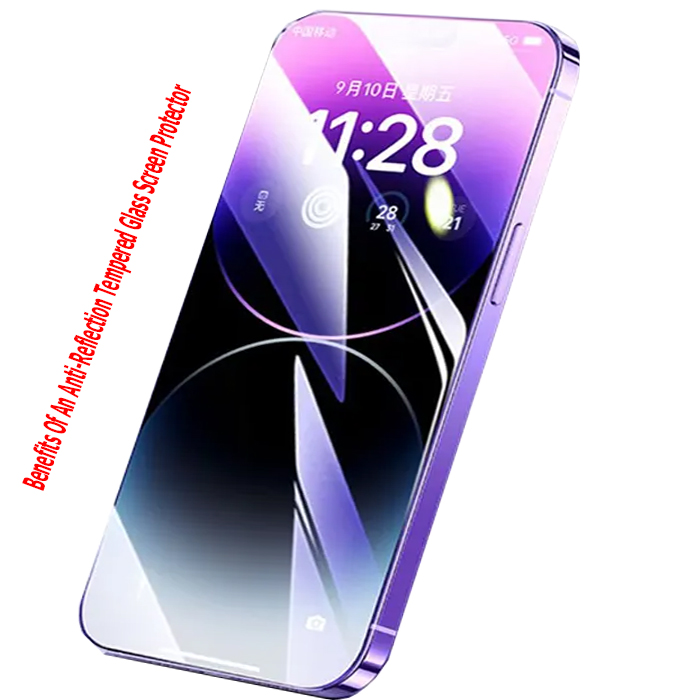
There is a product out there that can help to reduce or completely nullify the reflection and it s called anti-glare film which has a unique anti-glare effect. Simply speaking, it can prevent sunlight from reflecting off the screen and protect the eyes while protecting the phone from scratches. There is of course one downside as you need to replace the film frequently. Moreover, air bubbles that travel under the screen will ultimately reduce clarity and affect aesthetics.
What is Anti-Glare Film?
Let’s start with ‘Glare’ first. Glare refers to the visual condition that causes visual discomfort and reduces the visibility of objects in the human eyes due to very high and unsuitable brightness distribution in the field of vision. One will fill an awkward to intense light sensation as human eyes cannot adapt to, which may cause disgust, discomfort, or even loss of vision. One must remember that excessive high brightness can cause visual fatigue. Moreover, glare is one of the important factors in inducing myopia.
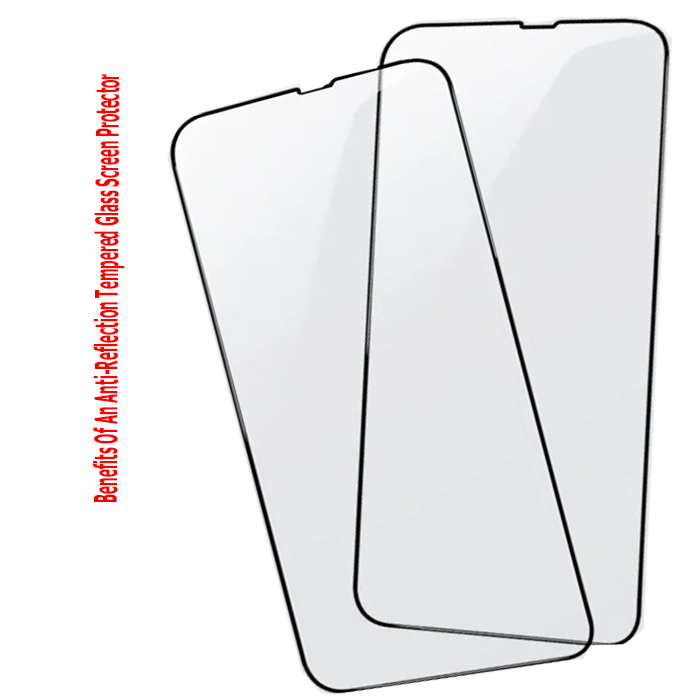
What are the Visual Effects with and without Anti-Glare Tempered film?
To understand the visual effects we need to understand the methods to help prevent glare. There are two methods:
- Anti Reflection | B) Diffuse Reflection
- Anti-reflection: In this method, processes such as vacuum coating is followed, so that as much light as possible can pass through the glass or be absorbed by the glass, and by doing so it will ultimately greatly reduce the interference of reflected light incident on our eyes.
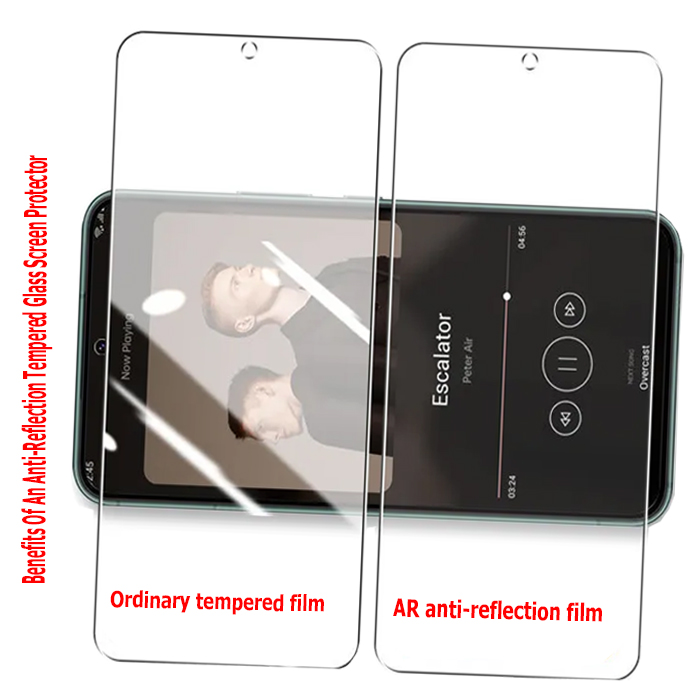
- Diffuse reflection: Here, makers of tempered glass screen protectors opt to change the original surface to an uneven surface so that the reflected light diverges on the glass surface instead of concentrating reflection into our eyes. This will help us see the screen. There are two ways one can diffuse the glass film –
- By immersing the glass in water, etch to change the mirror surface into a rough surface, but this method pollutes the environment a lot, and it isn’t easy to improve the product yield.
2) By spraying a special potion on the glass surface, and then forming a diffuse reflection surface after thermal curing. This is an environmentally-friendly method and has a high yield rate.
How Diffuse lights will affect human eyes?
The factors that affect the anti-glare effect of glass mainly include material transmittance, reflectivity, surface roughness, gloss and haze, and their relationship. Among them, the transmittance and reflectance are determined by the glass material itself, and the other three are determined by subsequent surface processing.
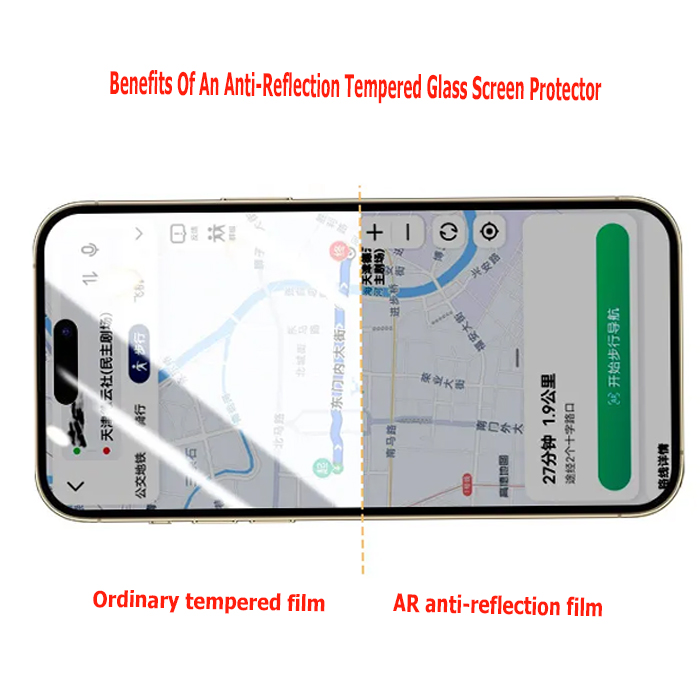
Optical parameters and interrelationships of anti-glare glass
AG effect Measures you should take notes off:
A)the general gloss ranges from 20-110%.
- B) Fogging effect of AG, which is inversely proportional to the glossiness in a certain sense.
C)Roughness of AG glass surface points, generally 0.06-0.25um.
Remember, the gloss is inversely proportional to the haze which means the higher the gloss, the lower the haze; Also, the gloss is directly proportional to the clarity, the higher the gloss, the higher the clarity.
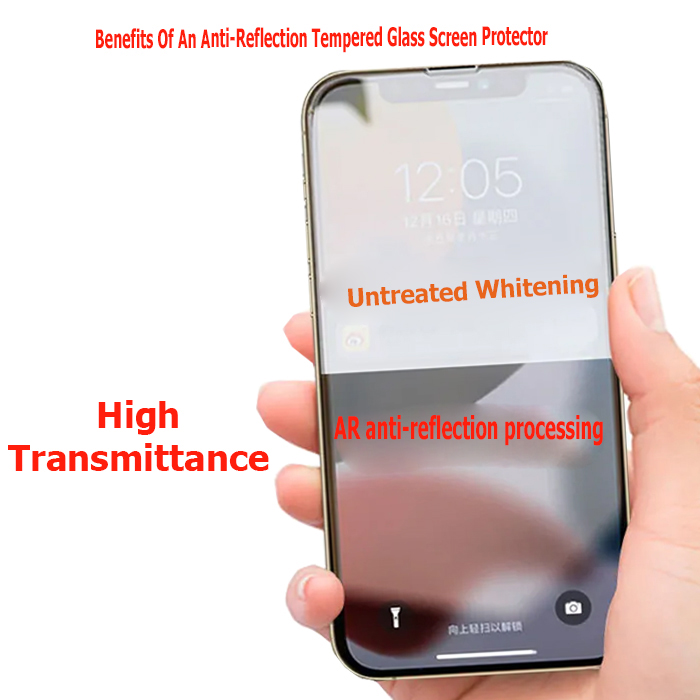
Gloss, Haze, Clarity Curve
1) Gloss is inversely proportional to roughness. The lower the gloss, the higher the roughness. A rougher surface increases the diffusion of light. Decreasing gloss and increasing roughness can lower the flash point of light. But one needs to remember that the reduction of the flash points is not solely dependent on increased roughness there are other factors too.
2) Gloss is directly proportional to the flash point. The higher the gloss, the higher will become the sparkle. When the size of the particle span matches the pixels of the display, the roughness will be higher.
Remember higher the gloss, the higher will be the flash point.
The appearance defects of anti-glare glass during processing include round, linear, and convex defects.
- Round defects: Bubbles, white spots, scratches, pits, and foreign objects are known as round appearance defects and cannot be treated with anti-glare treatment;
- B) Linear defects: These types of defects manifested as linear, such as scratches, scratches, foreign matter, anti-glare treatment, and linear defects that cannot be treated with anti-glare treatment, etc.;
- C) Convex defects: These occur when impurities or other defects protrude from the glass surface.
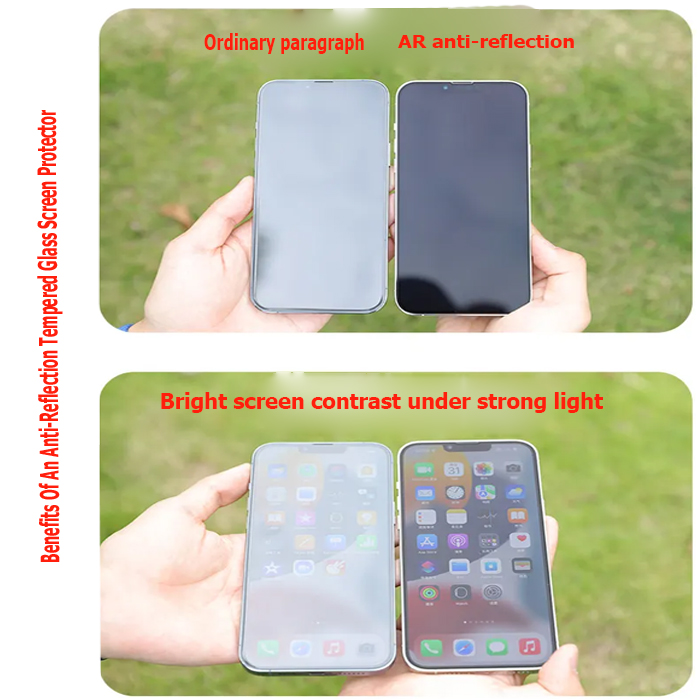
MPG tempered film offers protection to your eyes
We at MPG, adopt a 7-layer structure and a patented nano-acid washing process to carry out fine anti-glare treatment on the glass surface so that the light irradiated on the screen will be diffusely reflected while reducing the reflection and flickers on the net. In addition, the MPG tempered film eye protection screen protector processes anti-blue light and anti-ultraviolet materials on the back of the glass screen which effectively filter out high-energy short-wave blue light and ultraviolet rays that are harmful to the eyes. Anti-glare, anti-reflection, anti-blue light, anti-ultraviolet rays, MPG tempered film eye protection screen protector gathers four magic weapons to protect your eyes. Save your eyes adopt to anti-glare tempered glass screen protector.

Also pls visit our new product:
https://www.mobilephoneguard.com/magic-box-recyclable-installation-kit-easy-applicator-tempered-glass-screen-protector-for-iphone-14-pro-max/
